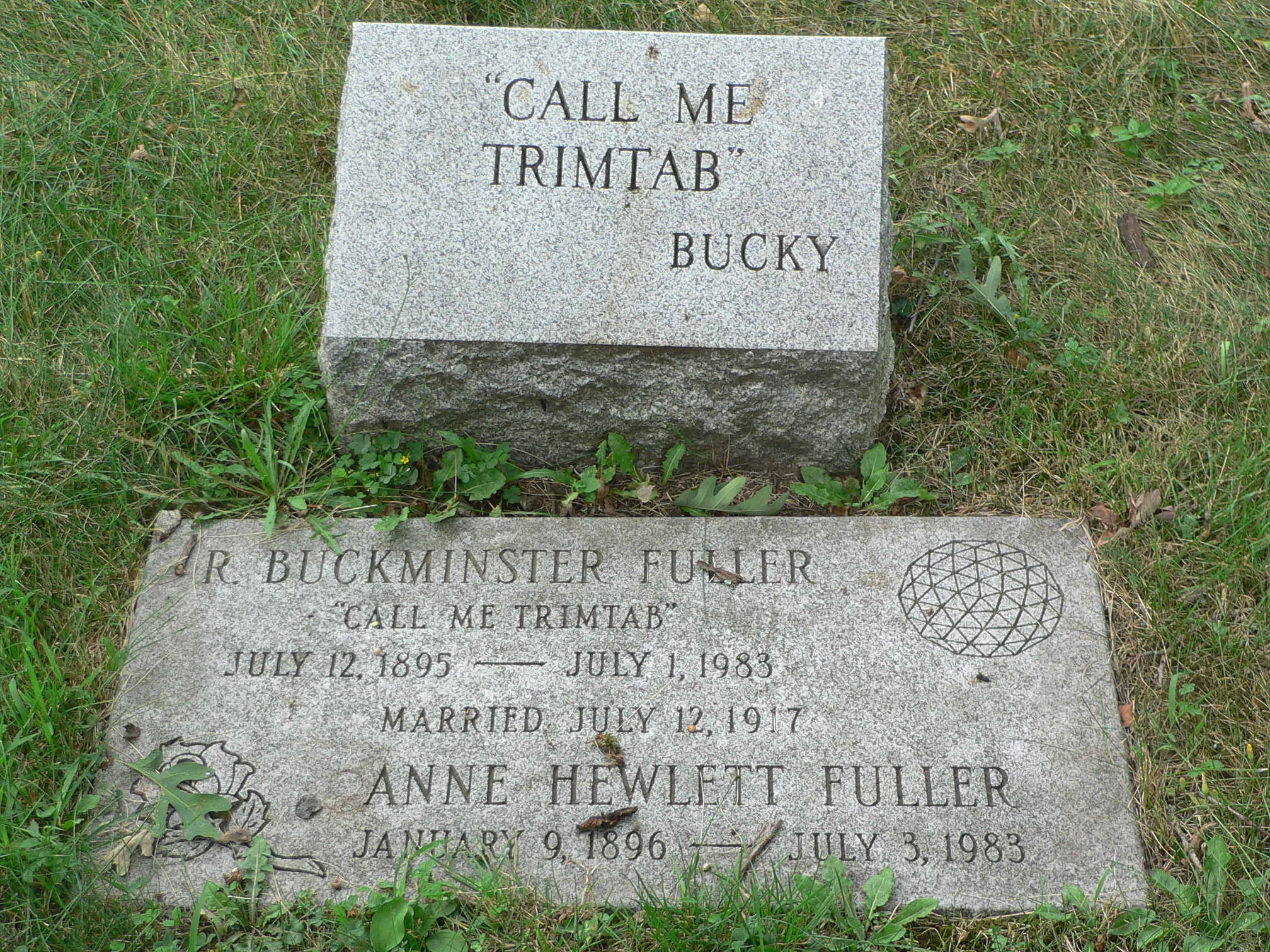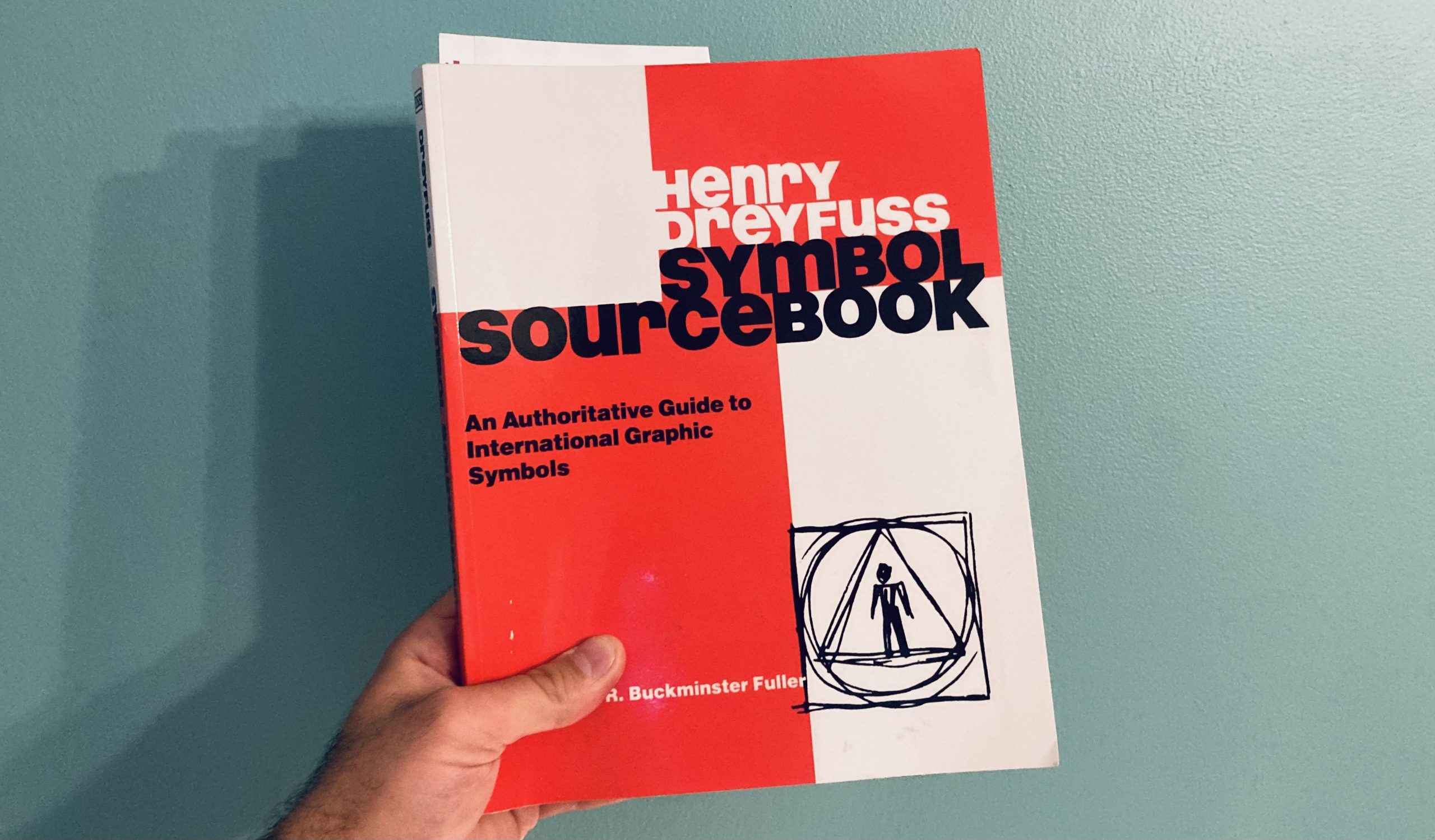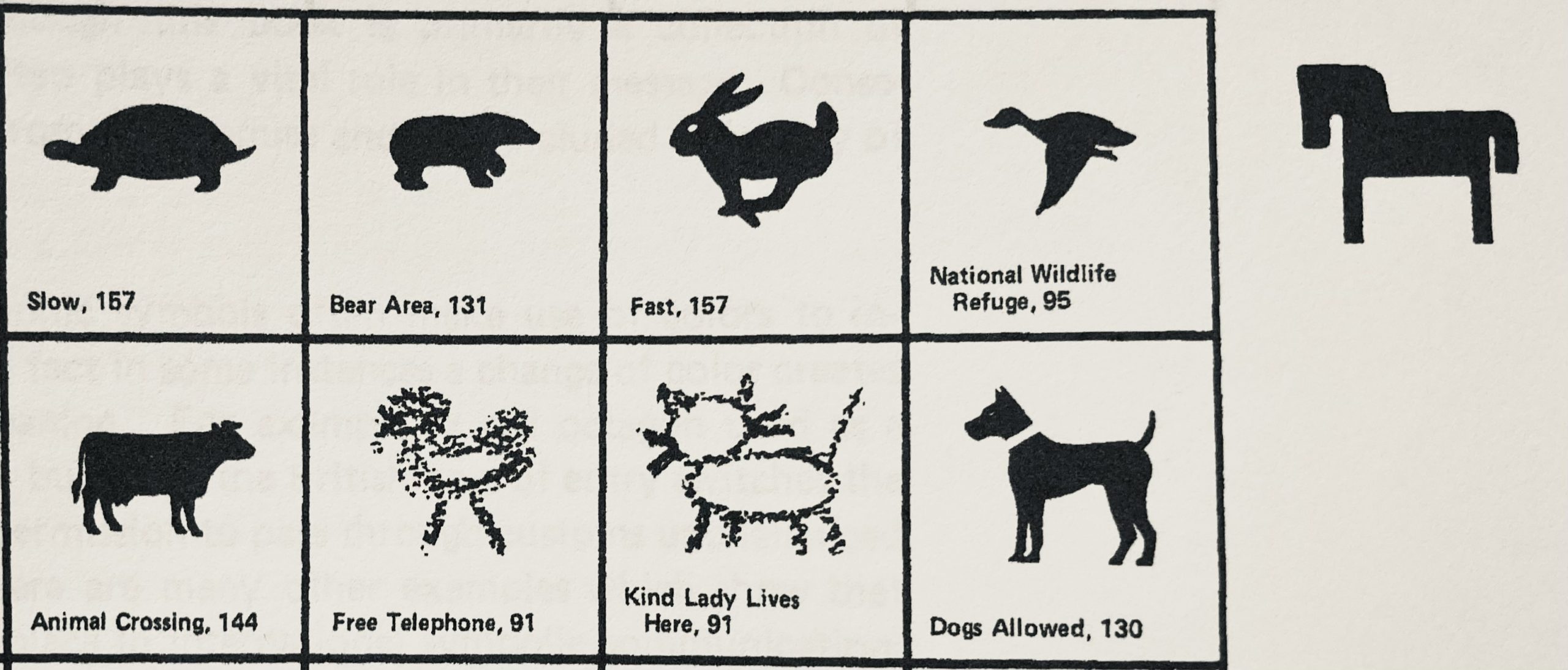
As I touched on in my post about Henry Dreyfuss’ Symbol Sourcebook, Buckminster Fuller, the designer of the above-pictured Expo 67 American Pavilion here in Montréal, was a big character. I recently ran into the following passages about him in a thrifted book This Was Expo, about Montréal’s Expo 67:
He once had an idea for an apartment building that would be put in its place by a dirigible. The building would be made of lightweight alloys and the floors of it would be hung from a great mast. A dirigible would pick up the whole building and take it to where it was needed. First the dirigible would drop a bomb – that’s right, a bomb – which would create a hole in the ground for the mast. Then the dirigible would put the building in place and fly away. A ground crew would pour concrete around the mast to secure it. And everybody’s housing problem would be solved.
This is someone who does not shy away from big ideas. It continues later:
On this day he was talking, as usual, about his ideas and about the future of mankind. “Because I’m in research,” he was saying, “I’m on the frontiers of man.” He looked around at the fair outside, through the transparent walls of the dome. “We are all going into world man,” he said. And for a moment, under the spell of his genial intensity, Expo seemed an important moment in world history and “world man” indeed a possibility. But then perhaps all moments seem important to those in Bucky Fuller’s company.
In a 1972 interview, Bucky allegedly said:
Something hit me very hard once, thinking about what one little man could do. Think of the Queen Elizabeth again: The whole ship goes by and then comes the rudder. And there’s a tiny thing on the edge of the rudder called a trim tab. It’s a miniature rudder. Just moving that little trim tab builds a low pressure that pulls the rudder around. It takes almost no effort at all. So I said that the individual can be a trim tab. Society thinks it’s going right by you, that it’s left you altogether. But if you’re doing dynamic things mentally, the fact is that you can just put your foot out like that and the whole ship of state is going to turn around. So I said, ‘Call me Trim Tab.’
And he believed in this small idea of leverage enough that he put it on his tombstone.



















